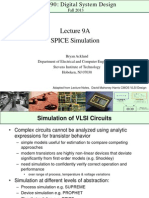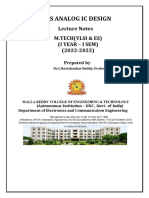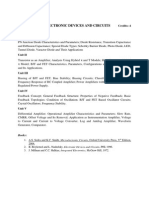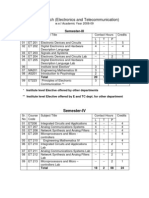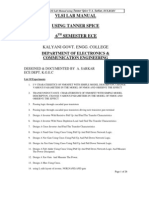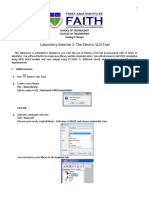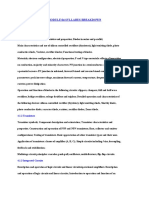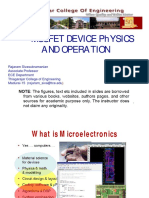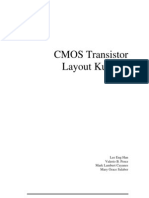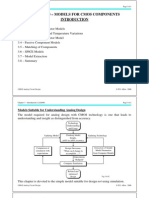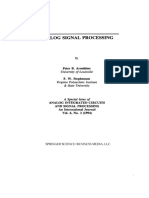0% found this document useful (0 votes)
39 views24 pagesTransistor Modelling Using Verilog A
The project presents the design and simulation of a CMOS inverter using Verilog-A, focusing on its functionality and performance characteristics. Key objectives include modeling the inverter, simulating its responses, and validating its design for applications in digital circuits. The results indicate improved power consumption, faster switching, and enhanced noise immunity compared to traditional designs.
Uploaded by
EDWIN THOMAS C RCopyright
© © All Rights Reserved
We take content rights seriously. If you suspect this is your content, claim it here.
Available Formats
Download as PDF, TXT or read online on Scribd
0% found this document useful (0 votes)
39 views24 pagesTransistor Modelling Using Verilog A
The project presents the design and simulation of a CMOS inverter using Verilog-A, focusing on its functionality and performance characteristics. Key objectives include modeling the inverter, simulating its responses, and validating its design for applications in digital circuits. The results indicate improved power consumption, faster switching, and enhanced noise immunity compared to traditional designs.
Uploaded by
EDWIN THOMAS C RCopyright
© © All Rights Reserved
We take content rights seriously. If you suspect this is your content, claim it here.
Available Formats
Download as PDF, TXT or read online on Scribd
/ 24


